Tag: CRM
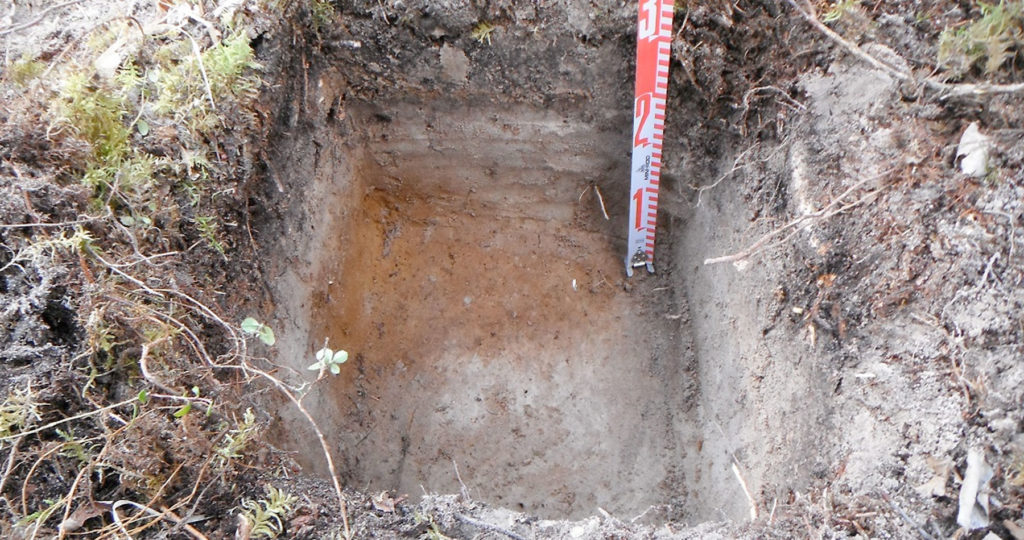
January 30, 2017
Introduction to CRM Part 4: Evaluating a Site
When we identify a site, we conduct further evaluative testing to determine the type, character, and extent of the site. This is done according to government guidelines, and depends on the type of site, and the type of landform. If the landform allows for it, testing occurs in each cardinal direction or in a grid.
Keep Reading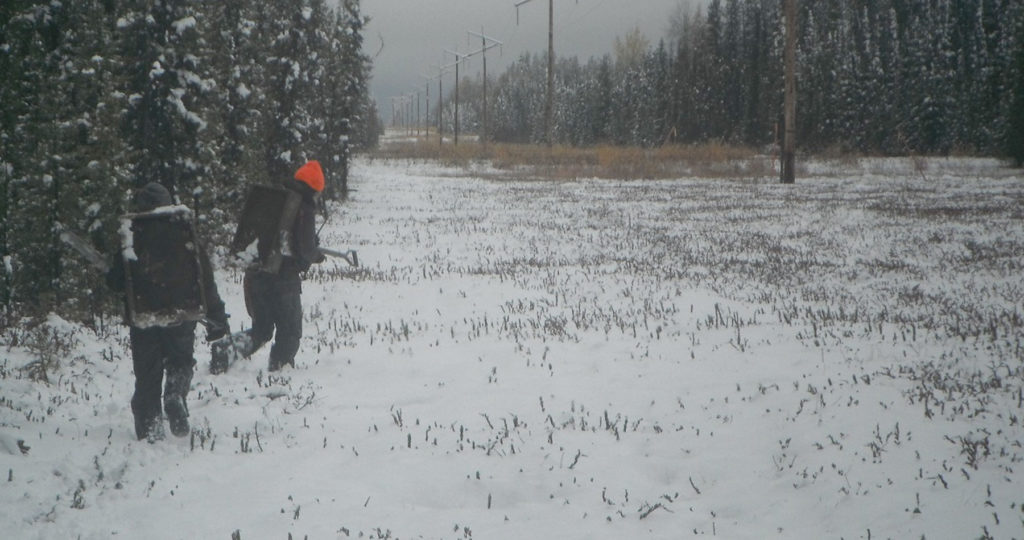
January 23, 2017
Introduction to CRM Part 3: Archaeological Survey
Using information compiled in the office, the next step of an HRIA is to leave the comforts of home behind and to venture into the field. Although there is a perception of archaeologists working at large excavations, often dressed in khakis and maybe wearing a fedora, archaeological survey is the most common type of field
Keep Reading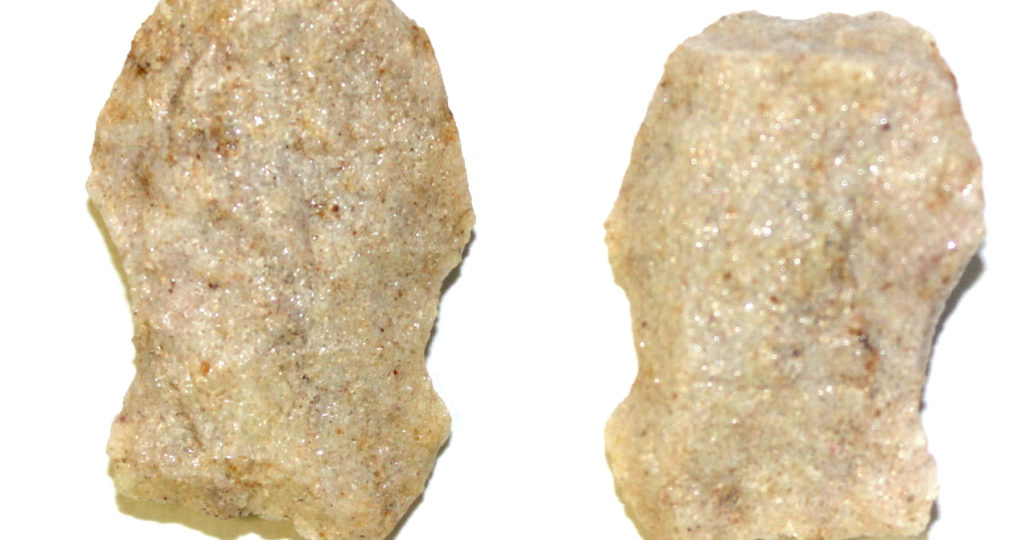
January 18, 2017
Atlatl Point
This little quartzite projectile point comes from a small site near Wabasca-Desmarais, Alberta. We found it on a small hill that was next to a lake, along with several chert and quartzite flakes. This point likely was fitted to an atlatl dart, a type of feathered throwing spear that uses a hooked throwing stick to help propel
Keep Reading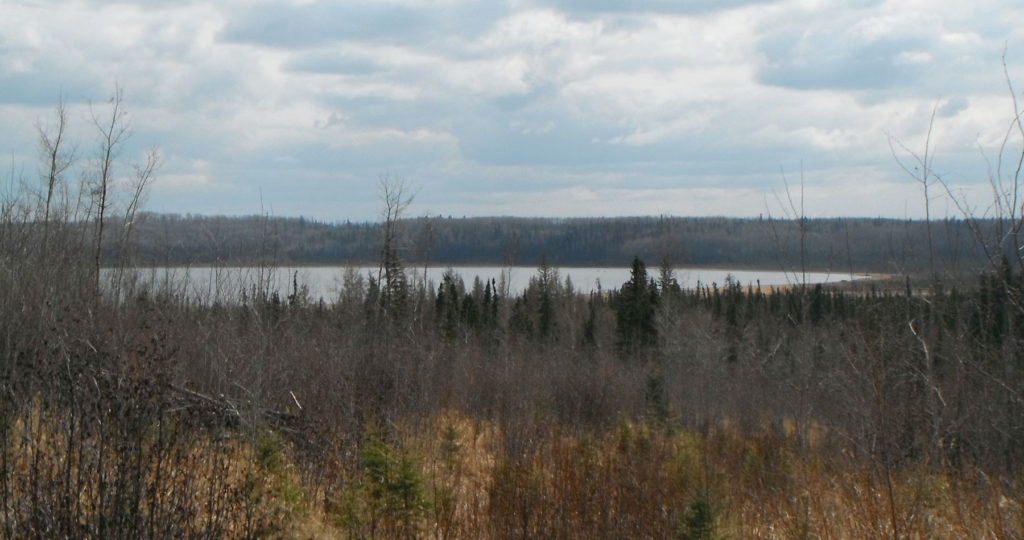
January 16, 2017
Introduction to CRM Part 2: Development Screening and Project Planning
The first step of a historic resources impact assessment (HRIA) happens in the office. Once we have the plan for a development, we need to assess whether the footprint will impact any recorded sites or if it has the potential to impact any unrecorded sites. We use our experience and knowledge of archaeology, GIS data,
Keep Reading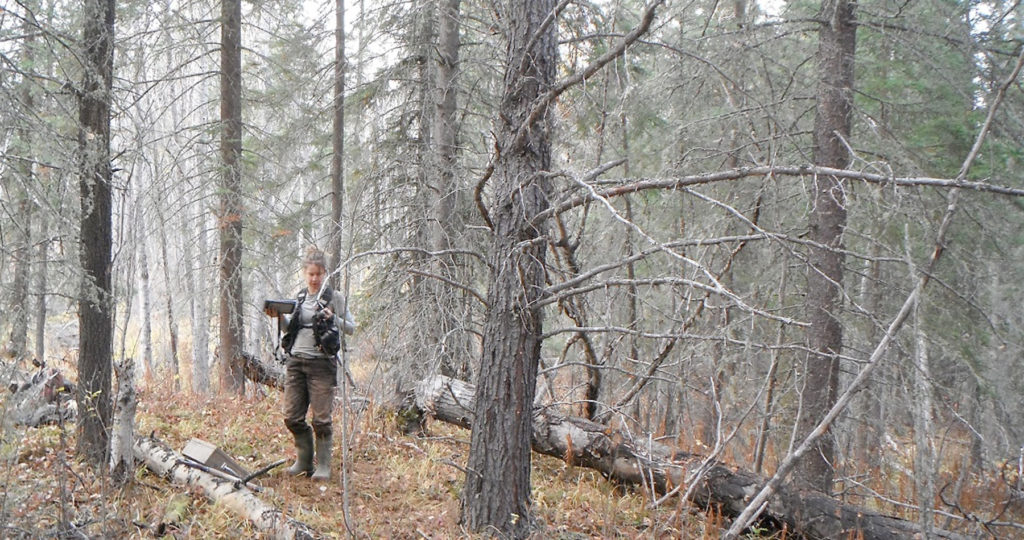
January 9, 2017
Introduction to CRM Part 1: Cultural Resource Management
Cultural Resource Management (CRM) is undertaken in many different countries all over the world and it can go by just as many names, Contract Archaeology, Consulting Archaeology, Compliance Archaeology, and Heritage Resource Management (HRM) to name a few. Whatever CRM is called, the underlying purpose is always the same. These archaeologists engage in the protection,
Keep Reading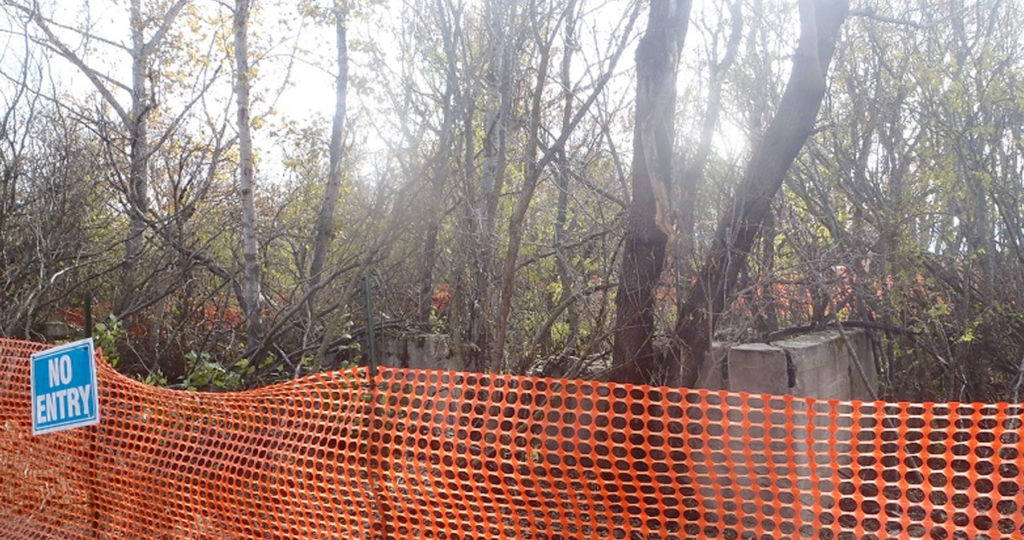
December 5, 2016
Archaeology Risk Management Plans?
In a previous blog post, I wrote about how remediation and archaeological impact assessment pose very similar problems, from a technical perspective. In both cases, there is something in the ground, and we need to figure out where, how much, and what to do about it. My impression is that remediation is well ahead of
Keep Reading